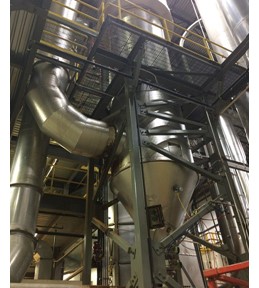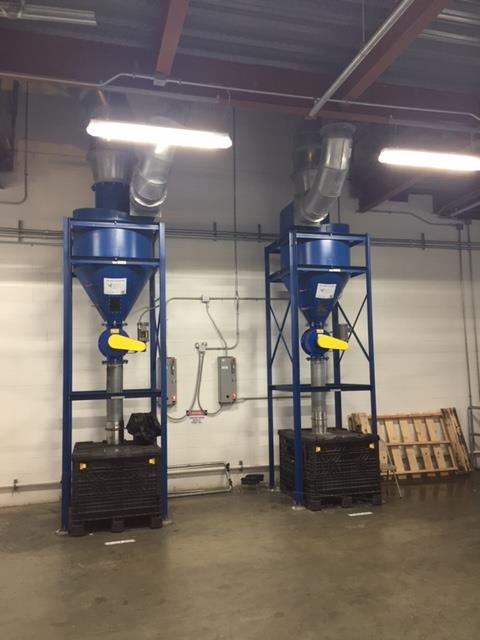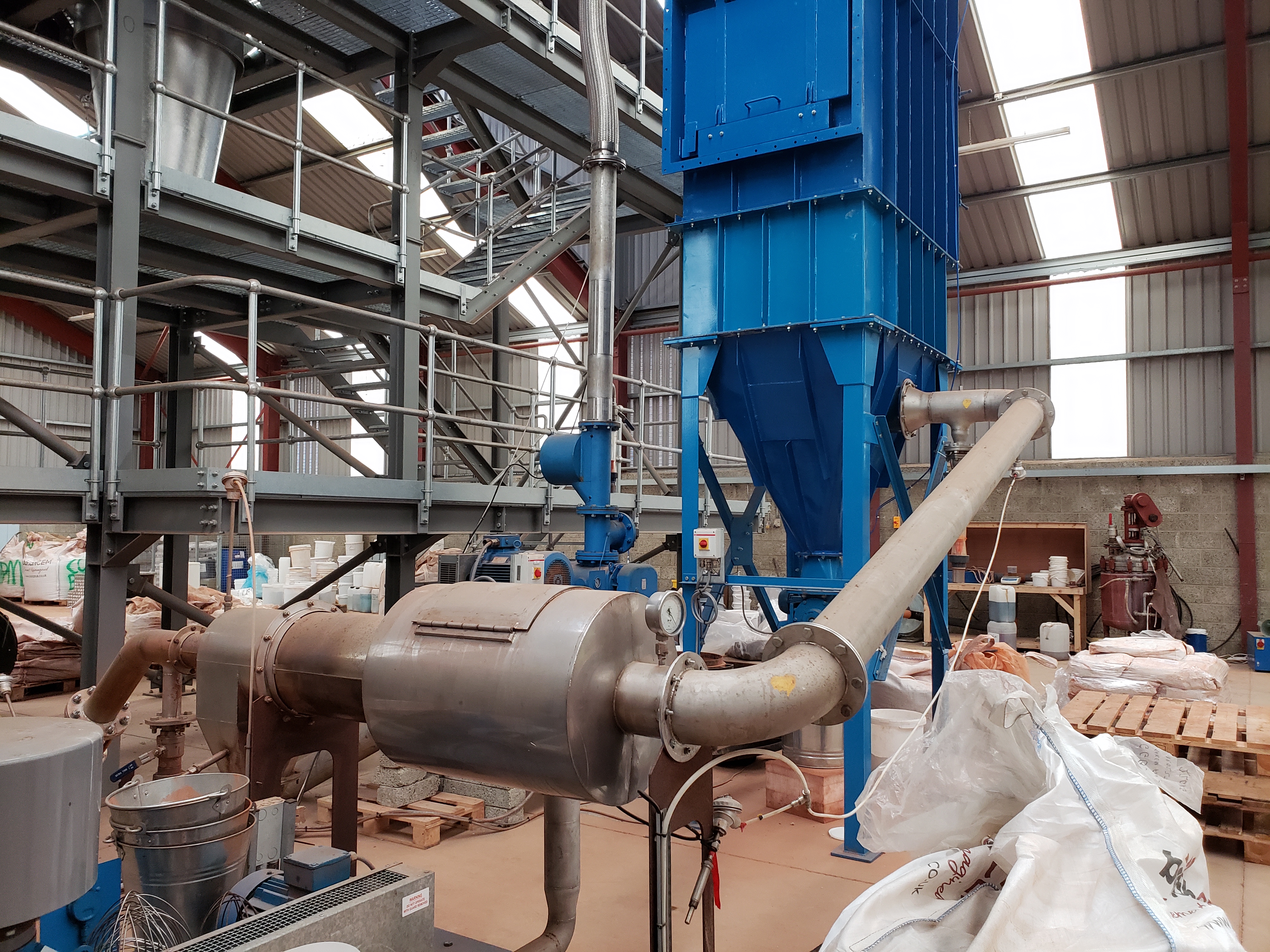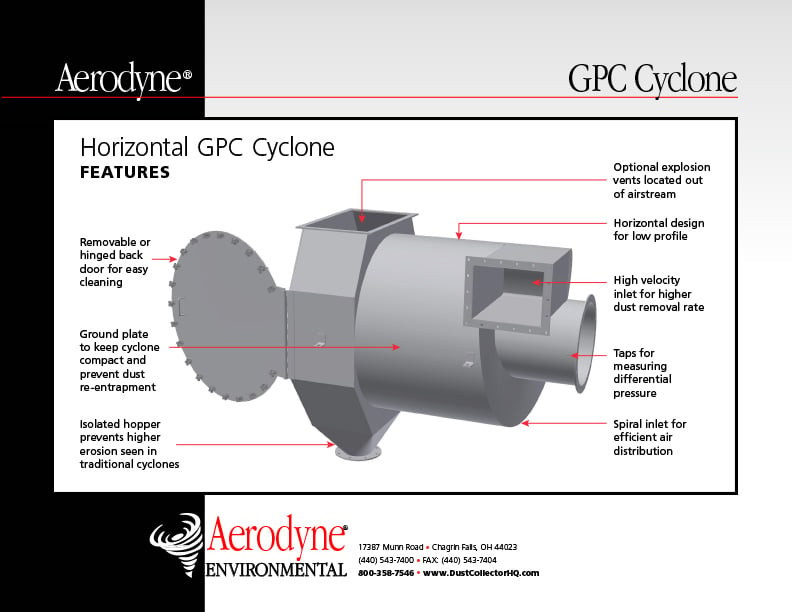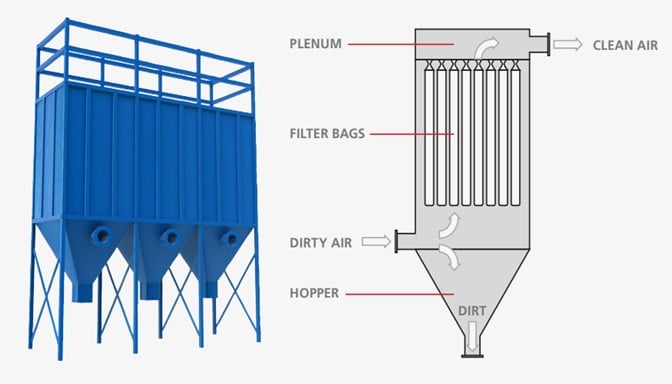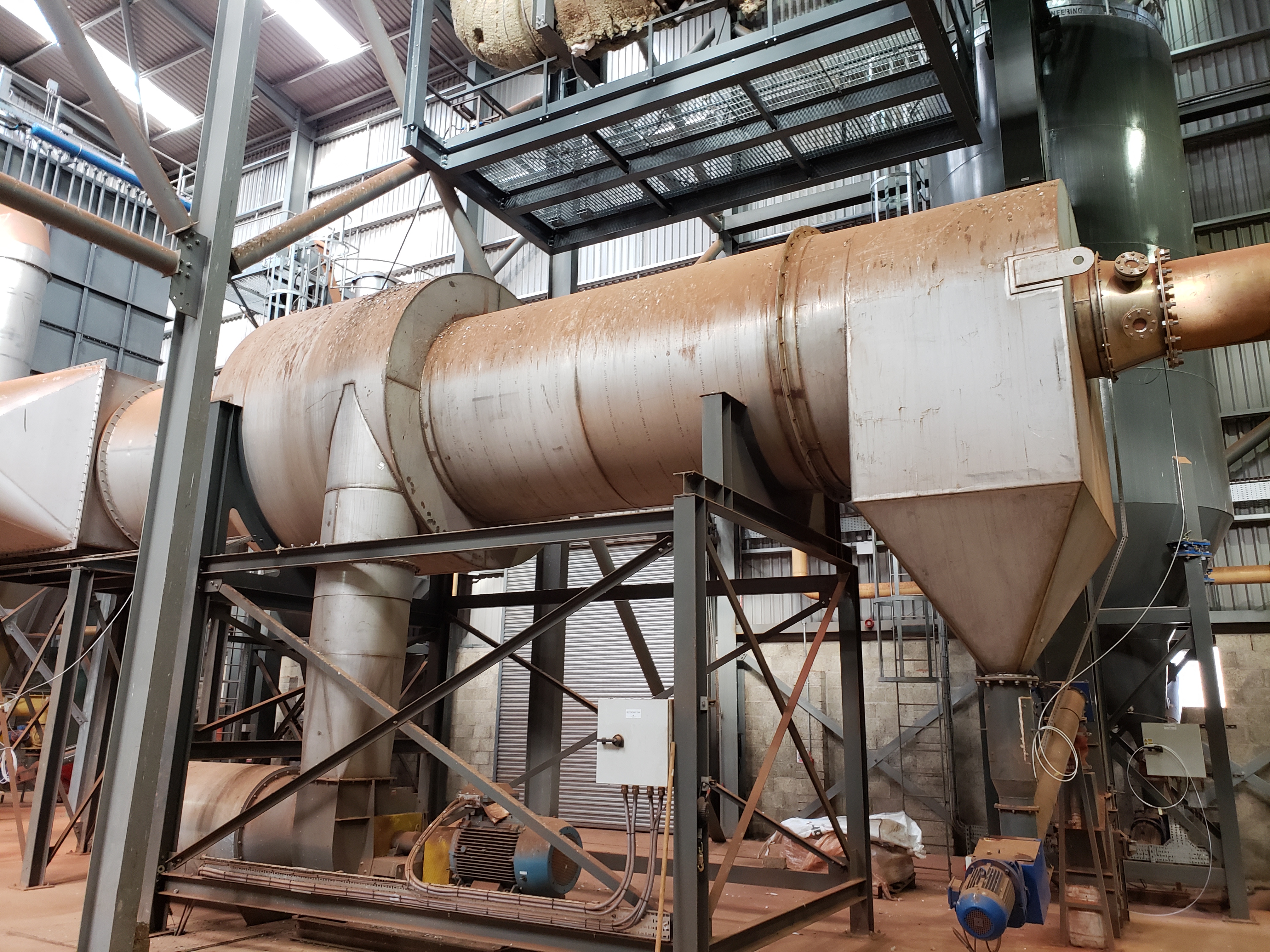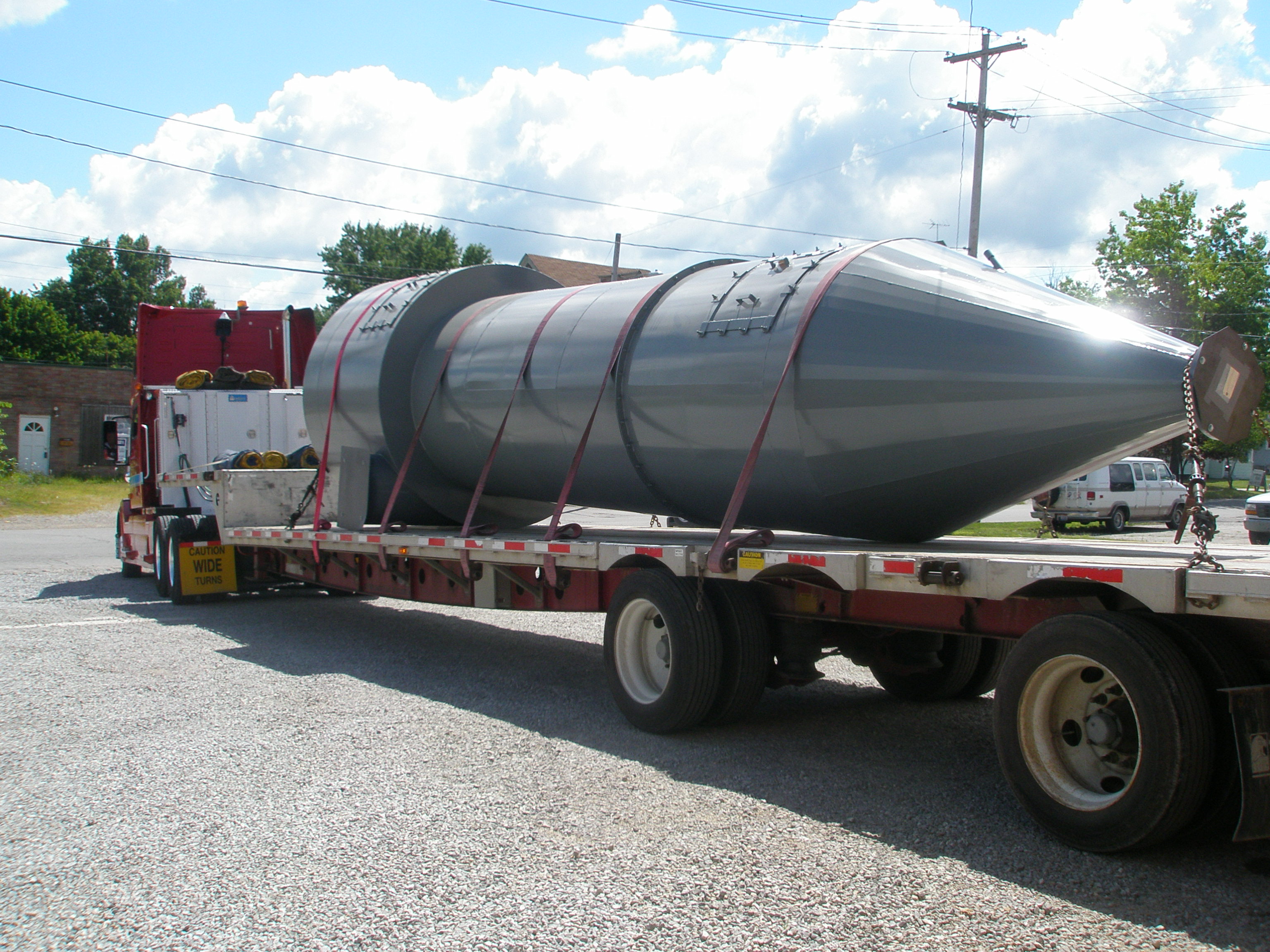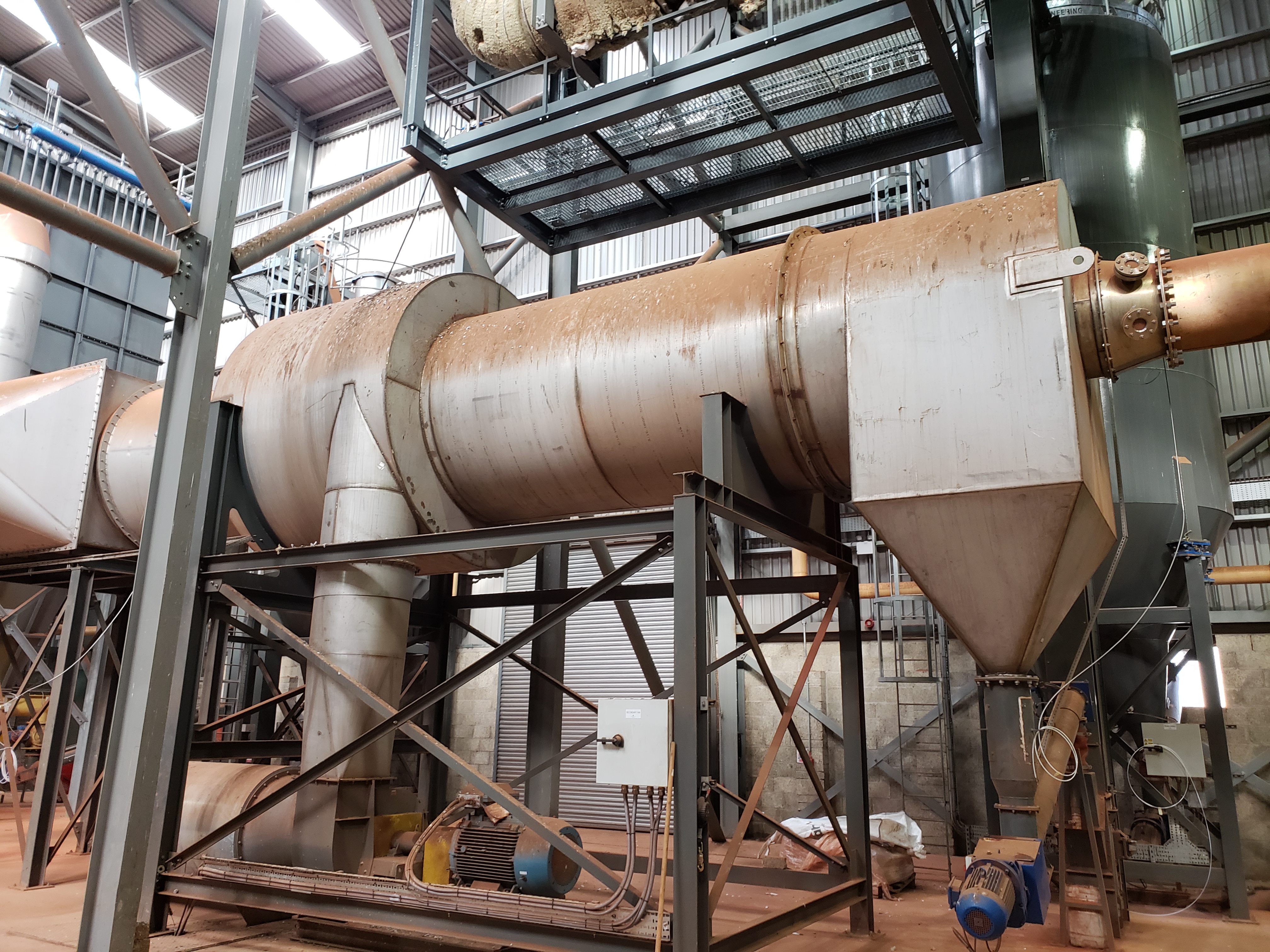Dust collectors are vital components in many industrial settings, responsible for maintaining air quality and ensuring the safety of workers. However, despite their importance, some companies hesitate to replace their aging dust collection systems. In this blog post, we'll delve into the reasons behind this hesitation and explore why upgrading dust collectors is crucial for both worker safety and operational efficiency.
Cost Concerns
One of the primary reasons companies avoid replacing dust collectors is the perceived cost. Purchasing and installing a new dust collection system can indeed involve a significant upfront investment. However, it's essential to consider the long-term savings and benefits, such as improved efficiency, reduced maintenance costs, and compliance with regulations.
Lack of Awareness
In some cases, companies may not fully understand the importance of modern dust collection systems or the potential risks associated with outdated equipment. Educating decision-makers about the benefits of newer technologies, such as advanced filtration systems and energy-efficient designs, can help dispel misconceptions and encourage investment in upgrades.
Maintenance Overhaul
Over time, older dust collectors may become less effective due to wear and tear, leading to increased maintenance requirements and downtime. Some companies opt to continue repairing and maintaining existing systems rather than investing in replacements. However, constant repairs can be costly and may only provide temporary solutions. Upgrading to a newer model can reduce maintenance needs and improve overall reliability.
Regulatory Compliance
Regulations governing air quality and workplace safety are continuously evolving, placing greater emphasis on the need for efficient dust collection systems. Outdated equipment may struggle to meet current standards, putting companies at risk of non-compliance and potential fines. Investing in modern dust collectors ensures adherence to regulations and protects workers from exposure to harmful airborne particles.
Performance Limitations
As industrial processes evolve and production volumes increase, older dust collectors may struggle to keep up with the demand. Inefficient filtration, inadequate airflow, and outdated control systems can lead to decreased performance and compromised air quality. Upgrading to a newer model with enhanced capabilities can optimize dust collection efficiency and support growing operational needs.
While the decision to replace dust collectors may initially seem daunting, the benefits far outweigh the challenges. By investing in modern, efficient systems, companies can improve worker safety, enhance operational efficiency, and ensure compliance with regulations. Overcoming cost concerns, increasing awareness of the importance of dust collection, addressing maintenance issues, and prioritizing performance upgrades are essential steps in safeguarding both workers and business operations. Ultimately, embracing technological advancements in dust collection is a proactive measure that pays off in the long run, promoting a safer and healthier work environment for all.
To improve efficiency and safety, there is no substitute for an on-site inspection by an experienced expert. Click below to start with a free 20-minute phone consultation by clicking the button.

